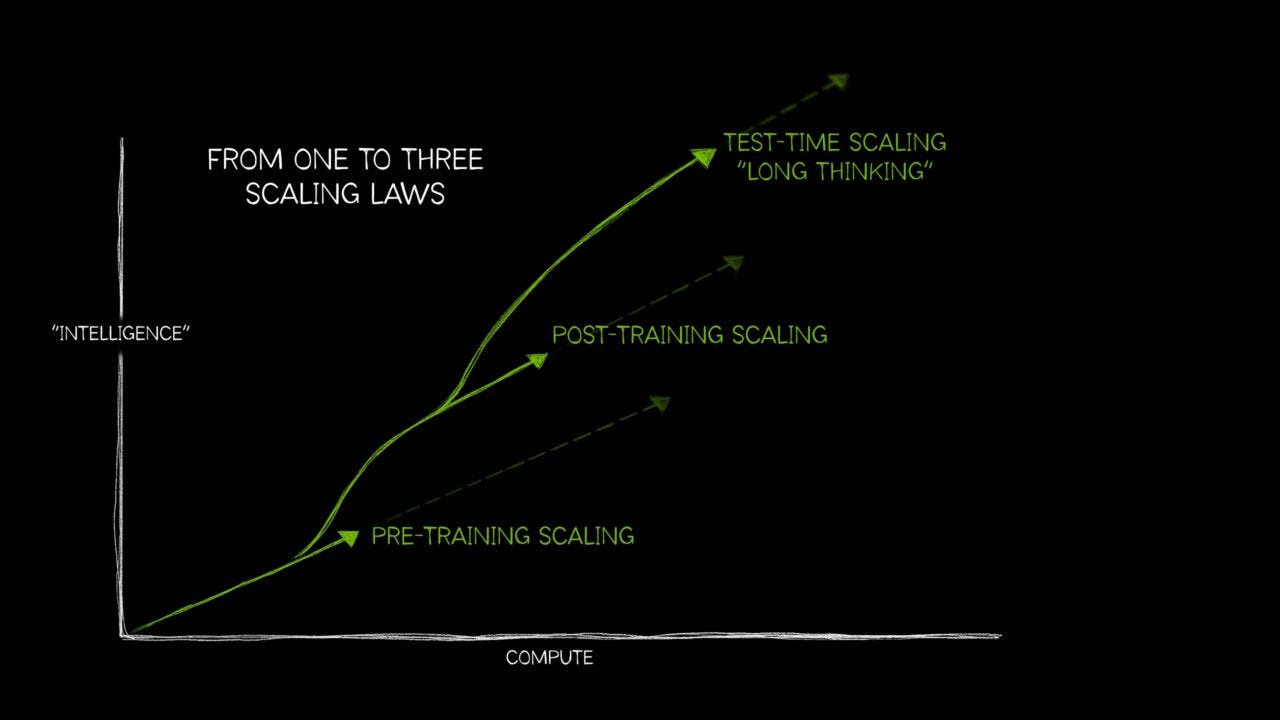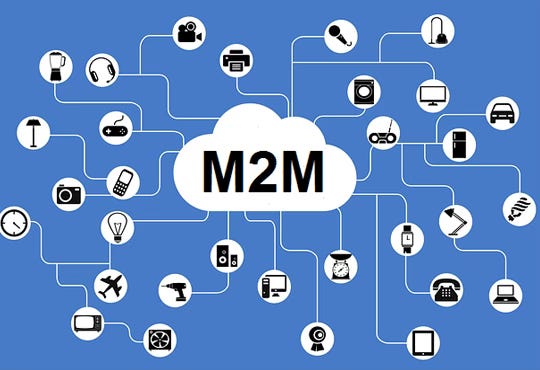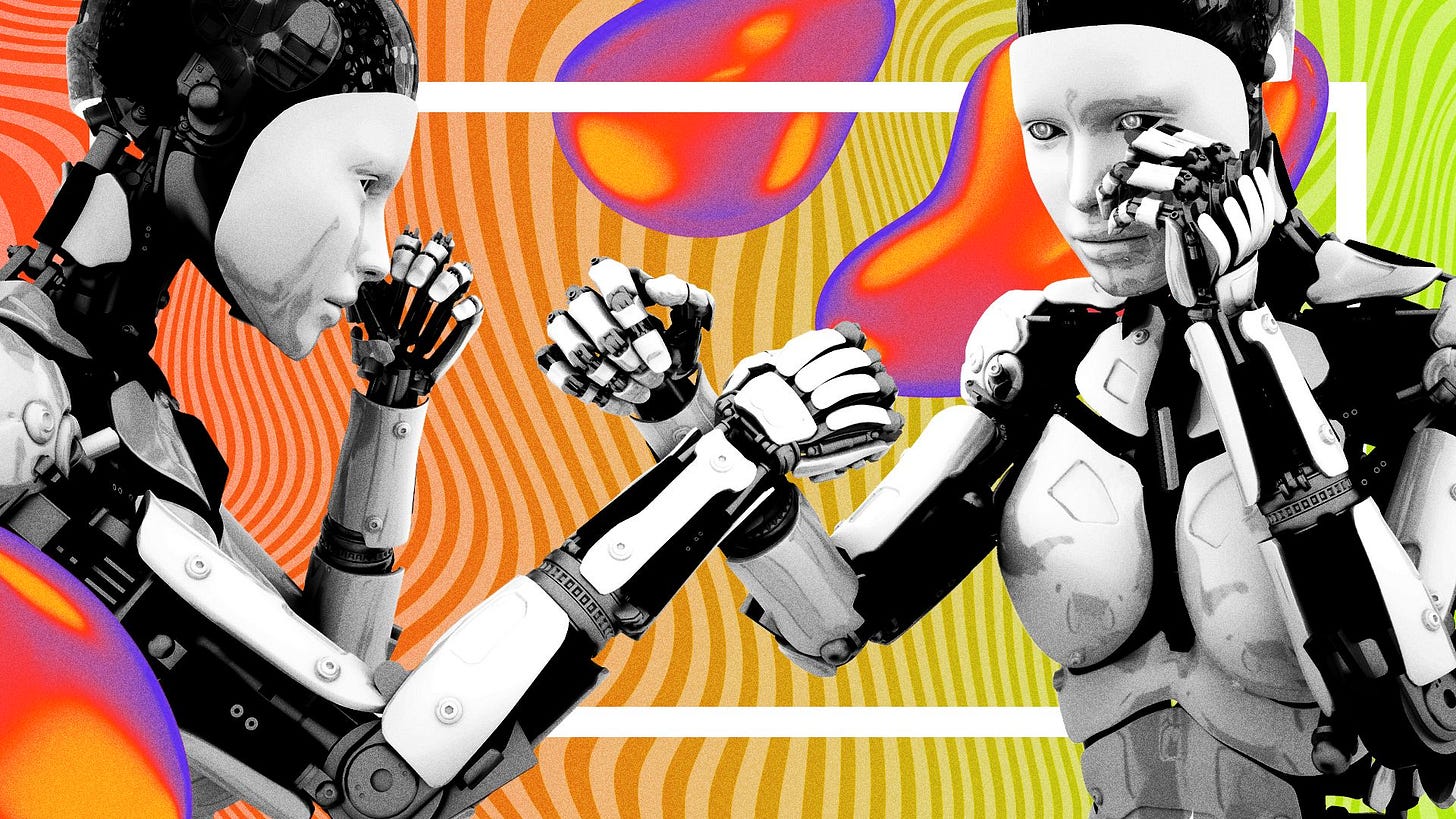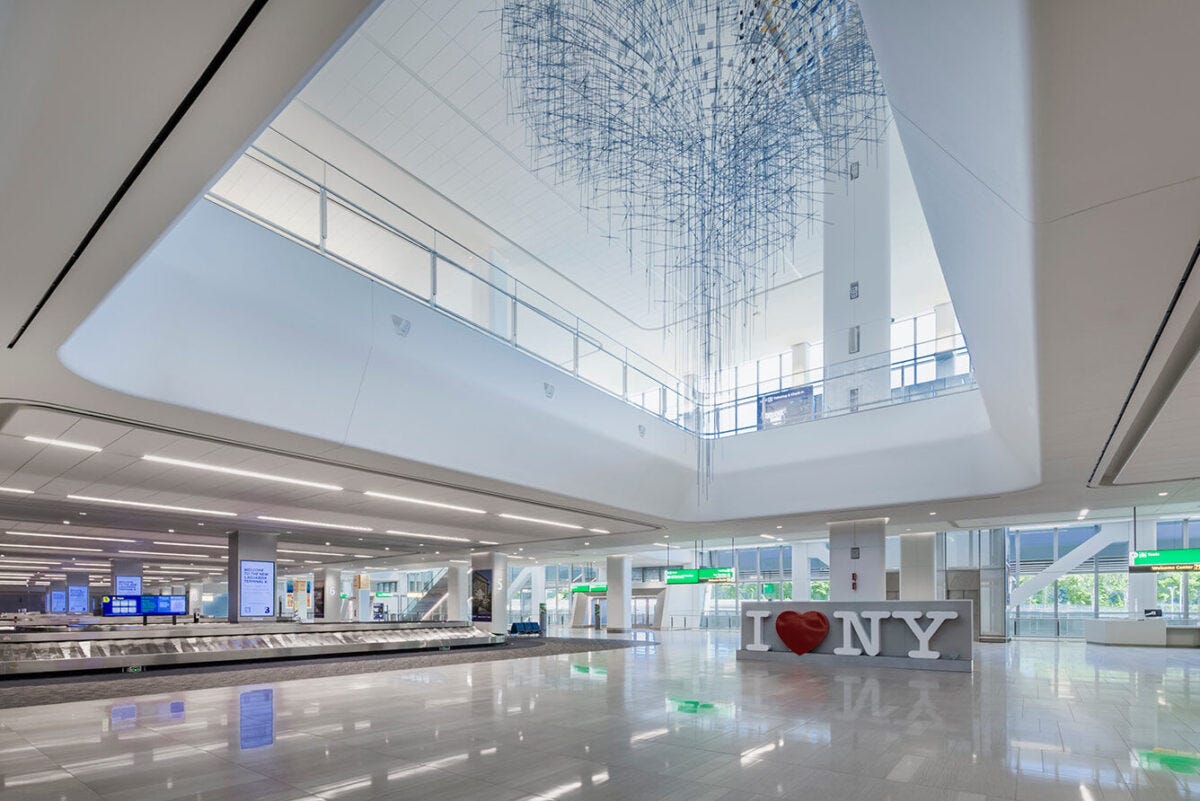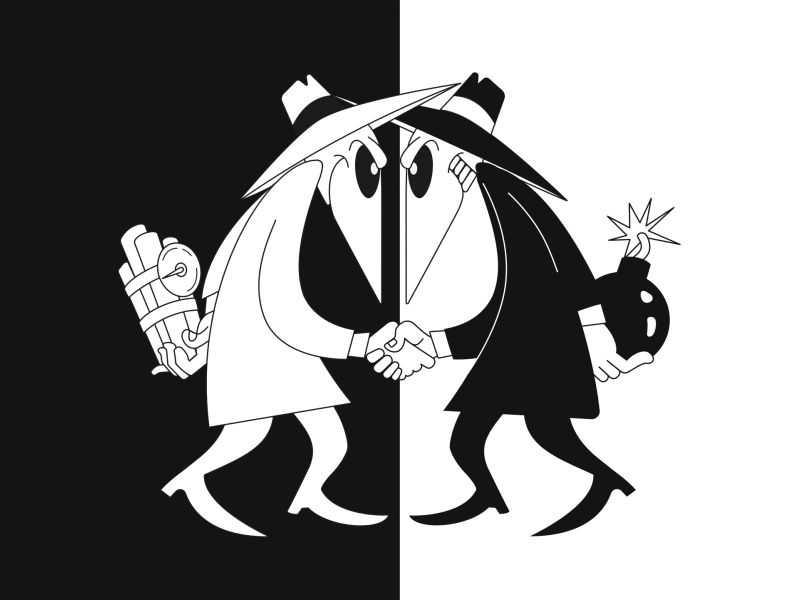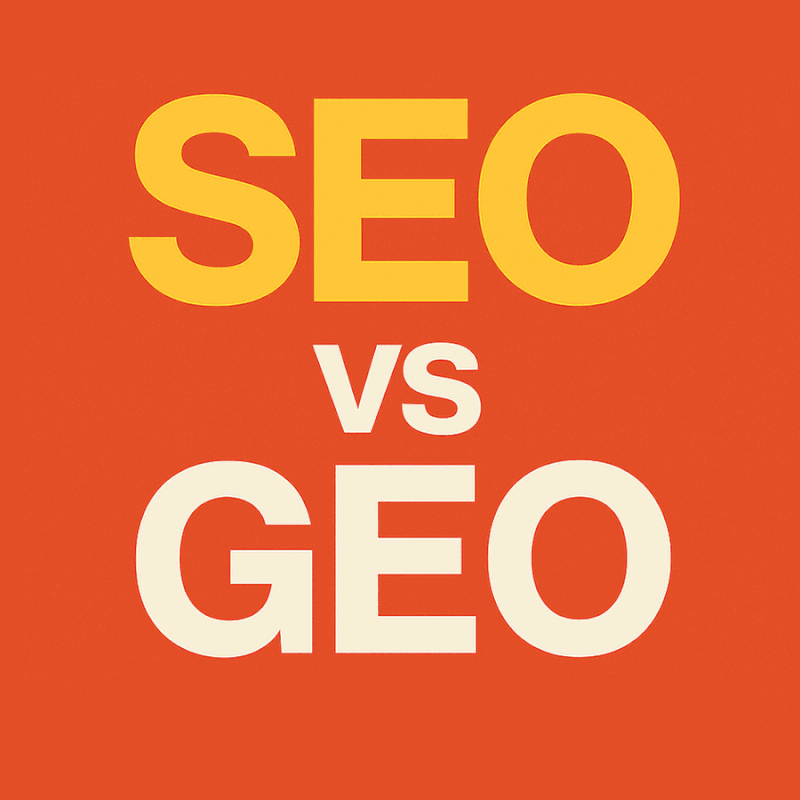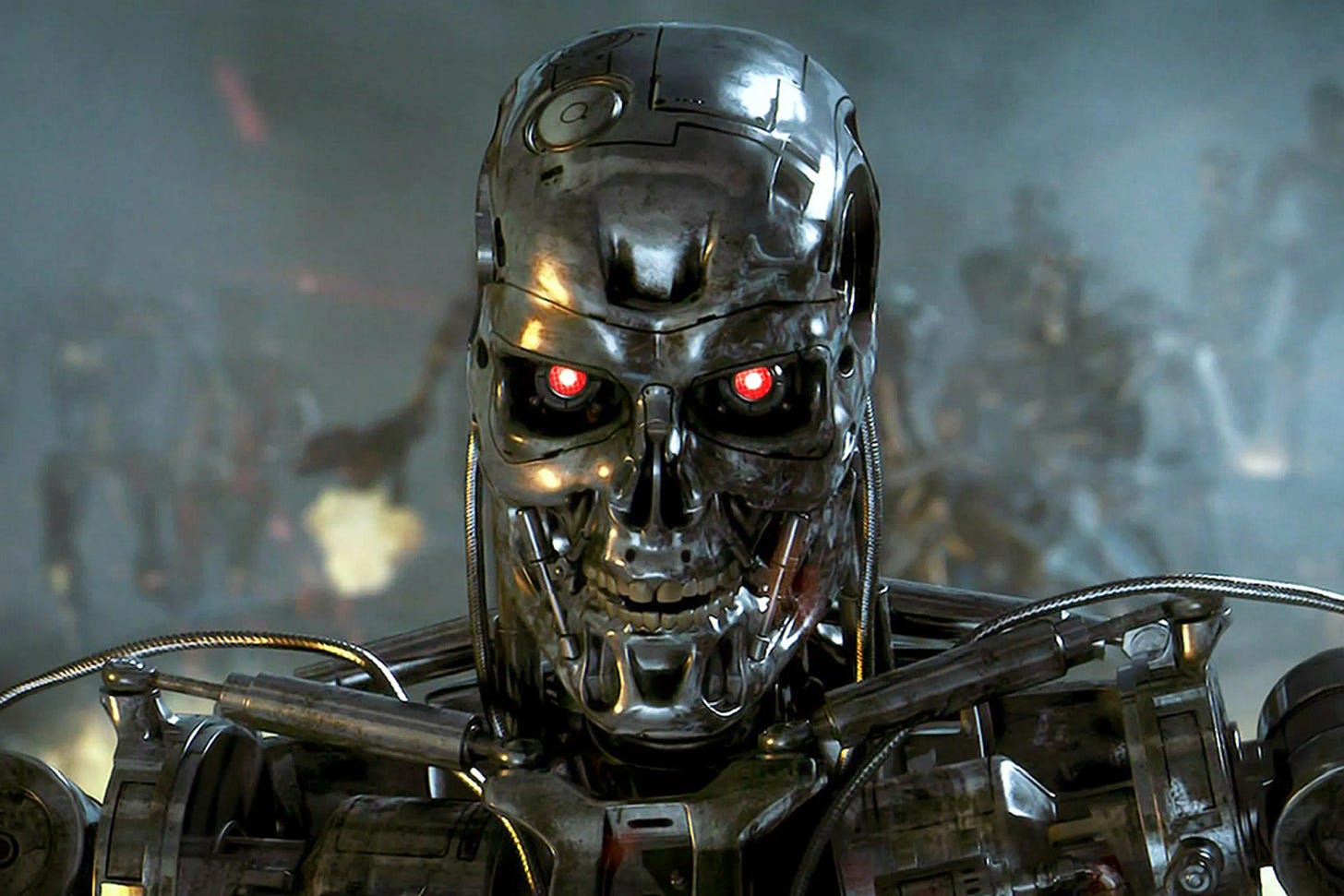
AI: A better internet for both AI and humans ahead. RTZ #823
The Bigger Picture, Sunday August 24, 2025
A theme I’ve often discussed here at AI: Reset to Zero, is that in these early days of the AI Tech Wave, the current Internet is not designed for AI and AI Bots working for billions of people each. As I discussed on the latest ‘AI Ramblings’ podcast (Episdoe 17), with my Gen Z partner Neal Makwana.
It’s going to need an unending amount of tech, AI and regulatory ‘Social Engineering’ to get us to a re-incentivized new AI world. Especially in terms of building a tolerable balance in AI Privacy and Trust between AIs for people vs AI for Advertisers.
And that is a Bigger Picture worth mulling over this Sunday in August 2025.
It’s all important to keep in mind with daily media debates over ‘AGI’ and Superintelligence’ taking up so much oxygen. Especially in terms of ‘God AIs’ and the growng tsunami of ‘AI Slop’. Content created by AI today for humans and other AIs.
And the long road of baby steps towards it from chatbots to ‘reasoning AIs’ to ‘AI agents’ and beyond.
Especially as we Scale AIs in so many innovative new ways. Of ‘AI Intelligence token’ training to inference and a myriad of growing steps in between. At very volatile, variable AI costs and pricing.
Even our most basis AI Agents today get snagged daily on a web optimized for humans. Captchcas everywhere to trip them up. Especially as we race towards a world full of countless AIs customized for EACH one of us eight billion on the planet. An ‘m2m’ (machine to machine) world rather than the current ‘m2h’ machine to human world.
And not a single AI that somehow controls us in a Terminator ‘Skynet’ fashion.
Axios lays it out well in a couple of pieces titled “One web for bots, another for people” and “The future is bot versus bot”, both worth reading. But the core points from both pieces, are as follows:
“In this new world, a simple website or app will no longer provide adequate digital representation for companies, organizations and individuals.”
“Service providers and large organizations are already preparing to roll out two different versions of each website or app they support: one for people and the other for AI agents and bots.”
“We invested all of this energy into optimizing websites for human user experience, and now there are all of these nonhuman users who have an entirely different set of needs,” Linda Tong — CEO of Webflow, the site-building service provider — told Axios.”
“AI bot activity — scrapers compiling data to train models and agents seeking to provide answers to human users’ questions — is already beginning to swamp traditional websites.”
This leads to the issues and challenges of an AI Bot vs Bot world very quickly:
“Bots will overrun humans on the internet in generative AI’s next massive disruption.”
“Why it matters: The internet connected humanity — but an AI-driven shift to a machines-first network will force us to rewrite 30 years of habits, expectations and beliefs about how online life works.”
“The big picture: As AI agents improve and multiply, bots representing individuals will interact with bots representing companies, and human use of the open web will continue to decline.”
“My bot will talk to your bot — but you and I will probably talk a lot less.”
That is one of the real AI social engineering questions. And I’m not sure it’s as algebraic as all that. Human calculus always surprises, and we may yet end of talking BETTER with each other. So ‘talking less’ may not matter as much.
But a lot to rebuild from here to there.
“Zoom out: In the early ’90s, the World Wide Web introduced a people-to-people network.”
“As websites got more elaborate and apps proliferated, the network evolved into a people-to-machines space, as our interactions with other people became heavily mediated by software (think: social feeds or travel apps).”
“Next up: an online world where interactions take place primarily among bots and AI “agents,” with people largely relegated to the sidelines.”
That has given us the ‘SEO’ (Search Engine Optimized) driven world of AI advertising today, where the Googles, Metas and Amazons rule. But with OpenAIs and other LLM AI companies leading the charge, we’re moving to a ‘GEO’ driven world (Generative Engine Optimized), where AI ‘m2m’ and ‘m2h’ create new forms of internet content, applications and services with pricing and economics optimized in very different ways.
So not a ‘broken internet’, but a world being rebuilt while we use it. Kind of like what they did with LaGuardia airport in NYC over the last few years.
Only bigger. And global.
All optimized for the holy grail of AI applications and services, Box 6 below in the AI Tech Stack:
And it affects everything. Like Ecommerce to start with:
“Zoom in: Take one of the most basic things we do today — buying stuff online.”
“We’re used to a world in which you click around, check products and prices from different vendors — maybe with help from a comparison service or website. While prices can fluctuate and algorithms sometimes play a role, as on Amazon or Uber, the purchase decision remains firmly in human hands.”
“But AI-driven e-commerce means that vendors are going to start rapidly changing their prices based on your identity and other variables — not, just say, once a day but by the microsecond, and differently for each customer.”
“Delta Airlines is already experimenting with one AI ticket-pricing tool.”
Speaking of airports and airlines. The pricing can become as fluid as the stock and commodity markets:
“Yes, but: These pricing systems can rapidly become complex “beyond human cognitive limits,” as one study has already found.”
“To cope with that, AI makers will respond by offering buyers their own AI-based tool to represent their interests in transactions with AI pricing bots.”
“Then we will all sit back and watch as AIs representing both sellers and buyers have at it.”
“This kind of spiraling digital arms race is most familiar today in the realms of electronic trading and cybersecurity, where offense and defense have long played a “see if you can top this” game.”
AI Bot Wars indeed:
Consider our medical system today where armies of humans and computers adjust pricing for insurers vs hospitals every day. Leading to a US healthcare system that is 20% of the world’s largest GDP nation. Compared to less than 10% for most developed nations in Europe and Asia. So twice the price, for far less quality and distribution of healthcare. In a world of AI accelerted tech progress in drugs and procedures.
Social Engineering indeed, of Christmas past. And AI driven Christmas Future continues this in new directions:
“The same brutal competitive dynamics are about to spread everywhere — to job applications and classrooms, dating apps and customer service, coding helpers and scientific research.”
“By the numbers: SEO experts already believe that half of the visitors to websites today are bots rather than people.”
“ChatGPT is on track to be talking to “billions of people a day,” per OpenAI CEO Sam Altman, and at some point the chatbot will “say more words a day than all humans say.”
And to the key point being discussed here, going from SEOs to GEOs, which I’ve written a lot about.
“Here are some signposts to watch for over the next months and years that will confirm bot hegemony has arrived.”
“The replacement of traditional SEO with “GEO” — generative engine optimization — could accelerate, with products and content owners no longer competing for top placement in Google but instead seeking to become chatbots’ first “answer.” One top GEO technique involves using AI to write AI-friendly pages — bots writing for bots.”
“Trading bots trained to maximize returns will start to figure out — as Bloomberg’s Matt Levine has speculated and at least one study has predicted — that their best strategy is to collude in manipulating the market.”
And the AI Trust/Privacy underbelly of all of this tech/AI change:
“Ransomware gangs are already deploying chatbots to negotiate with their victims, as Axios has reported. Next up: Targets of ransomware attacks will let AI agents handle their response to the attacks — leaving all the people involved free to relax on the beach, assuming there’s any money left in their bank accounts.”
“In this new world, a simple website or app will no longer provide adequate digital representation for companies, organizations and individuals.”
“Service providers and large organizations are already preparing to roll out two different versions of each website or app they support: one for people and the other for AI agents and bots.”
“We invested all of this energy into optimizing websites for human user experience, and now there are all of these nonhuman users who have an entirely different set of needs,” Linda Tong — CEO of Webflow, the site-building service provider — told Axios.”
Even in these early days, the short-term ‘construction chaos’ is everywhere, with visible human collateral damage:
“AI bot activity — scrapers compiling data to train models and agents seeking to provide answers to human users’ questions — is already beginning to swamp traditional websites.”
“Between the lines: The more bot interactions take over online spaces, the harder it will become to monitor and understand what’s actually happening on any particular website or inside a company.”
“We will need more bots just to keep tabs on what all those bots are doing.”
“In a few years, you’re going to have hundreds or thousands of agents on your network that are all interacting with employees or interacting with each other,” Jeremy Burton, CEO of startup Observe, told TechCrunch last month. “That’s all great until something goes wrong, and you’ve got to try and, you know, do a Sherlock Holmes and figure out who done it.”
Crucially, the U.S. legal system has barely begun to figure out how to apportion blame when an AI agent goes awry. AI makers will claim that liability lies with the user who instructed the agent, while users will blame the agent’s provider.”
Whew indeed! Makes our existential views today of one AI taking over the world seem quaint indeed.
“Our thought bubble: The high likelihood that a world of bots will fuel arms races everywhere could foil the prime intent of AI makers to make our lives more efficient.”
With a lot of new points of friction and inefficiencies:
“As bots compete to over-optimize the realms they operate in, they may end up introducing extravagantly wasteful new kinds of automated friction — a flood of transactions and interactions that don’t actually accomplish anything or improve outcomes for either side of the deal, but do cost a fortune in software and energy costs.”
But the core Bigger Picture is it’s more AI Bots for both computers and humans, not less. And of course some more dystopian prognostications, by famous authors:
“What’s next: In a bot-dominated world, the only solution that seems to make any sense is more bots.”
“By training AIs to fight and defeat other AIs we can perhaps preserve a healthy balance in the new ecosystem,” science-fiction author Neal Stephenson suggested in a recent talk.”
“Stephenson proposes we design AIs “to predate upon existing AI models by using every conceivable strategy to feed bogus data into them, interrupt their power supplies, discourage investors, and otherwise interfere with their operations.”
“This is the first of a two-part series. Next up: Humanity strikes back.”
Being a tech optmist, I don’t believe we’re destined for a ‘Cyberpunk’ dystopian tech/AI world.
We’re likely to be startled with the efficiency of Adam Smith’s ‘Invisible Hands’ for marketplaces that are re-optimized for a balanced greater good.
That may seem naive thinking today in 2025, but a better possible future to imagine than the AGI and other beyond ‘jobless’ dystopias being spun up daily today. With a new Internet being re-designed, re-incentivized, and re-built for AI machines/bots, to humans, and everything in between.
And that is the Bigger Picture in this AI Tech Wave, to keep in mind this Sunday. Stay tuned.
(NOTE: The discussions here are for information purposes only, and not meant as investment advice at any time. Thanks for joining us here)


